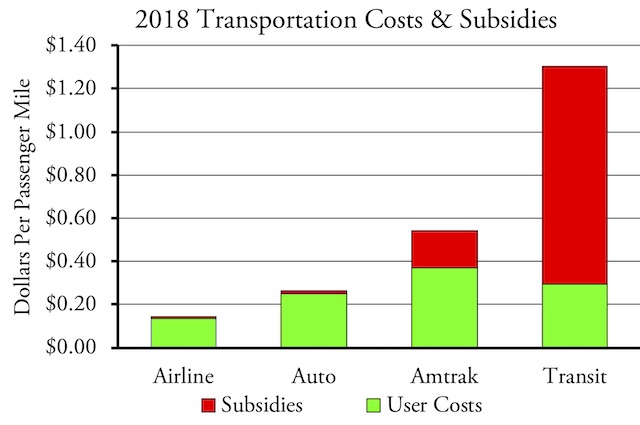Amtrak plans to reduce all but one of its overnight trains to three-day-a-week service starting October 1. Doing so, says Amtrak, will save “as much as $150 million” a year. Amtrak doesn’t say so, but three-day-a-week trains offer almost as much political benefit to the agency as daily trains.
I have a better idea. Amtrak should double the routes served by its overnight trains, but run most of them just once a week. Add more lounge space to each train so that passengers have more places to go and the trains become cruise trains, not trains for getting from point A to point B. Amtrak is a slow and expensive way to get from point A to point B, but it is an excellent way to see parts of the country that can’t be seen from an interstate freeway.
Some routes Amtrak could add are the former North Coast Limited route from the Twin Cities to Seattle/Portland; the former City of Portland/Pioneer route from Ogden to Portland; the former City of Los Angeles/Desert Wind route from Salt Lake City to Los Angeles; the Golden State route from Chicago to Los Angeles via El Paso; the Gulf Wind route from New Orleans to Florida, and the Floridian route from Chicago to Florida. Continue reading








